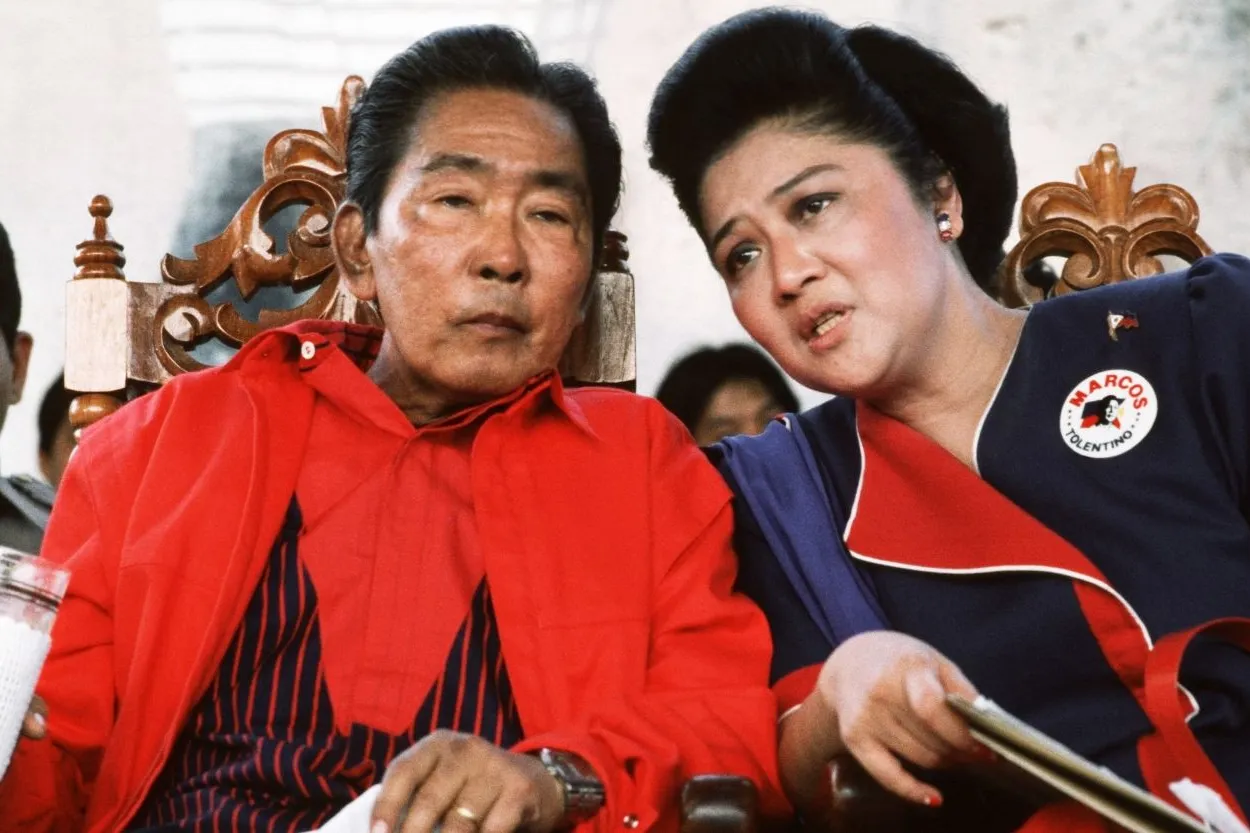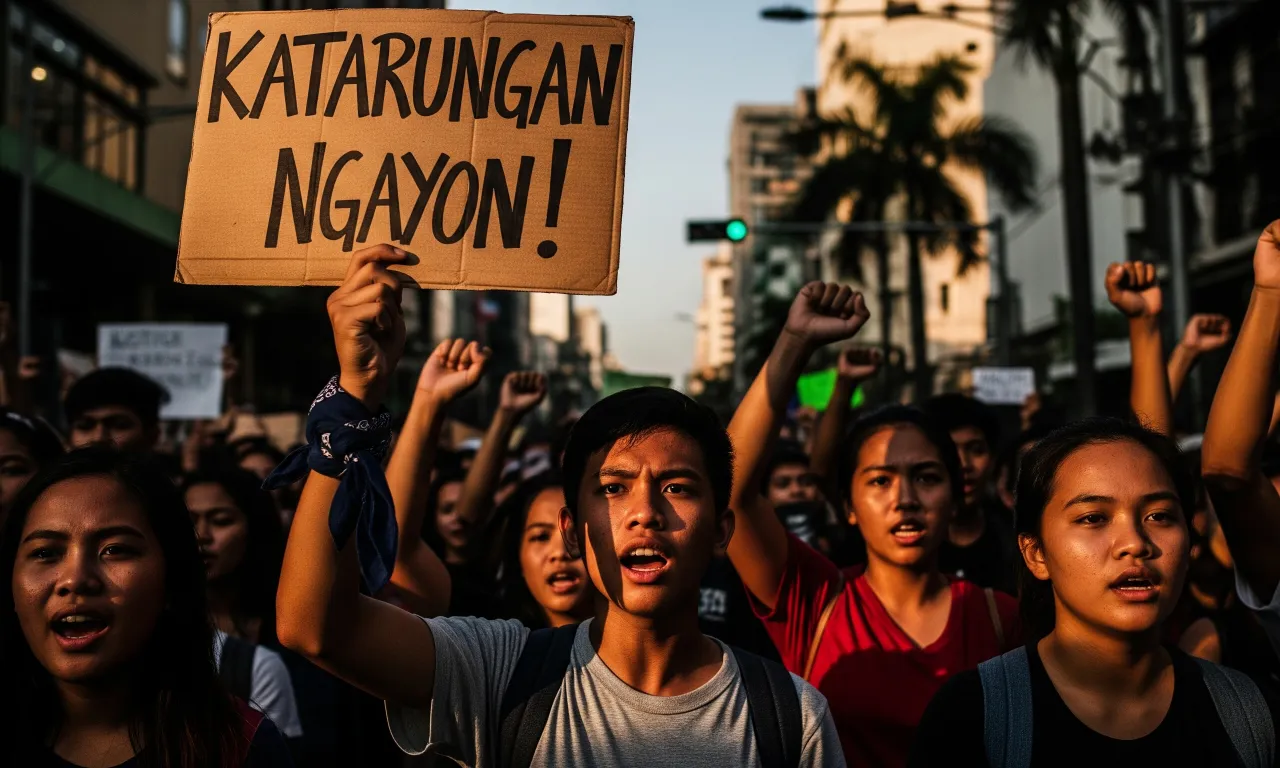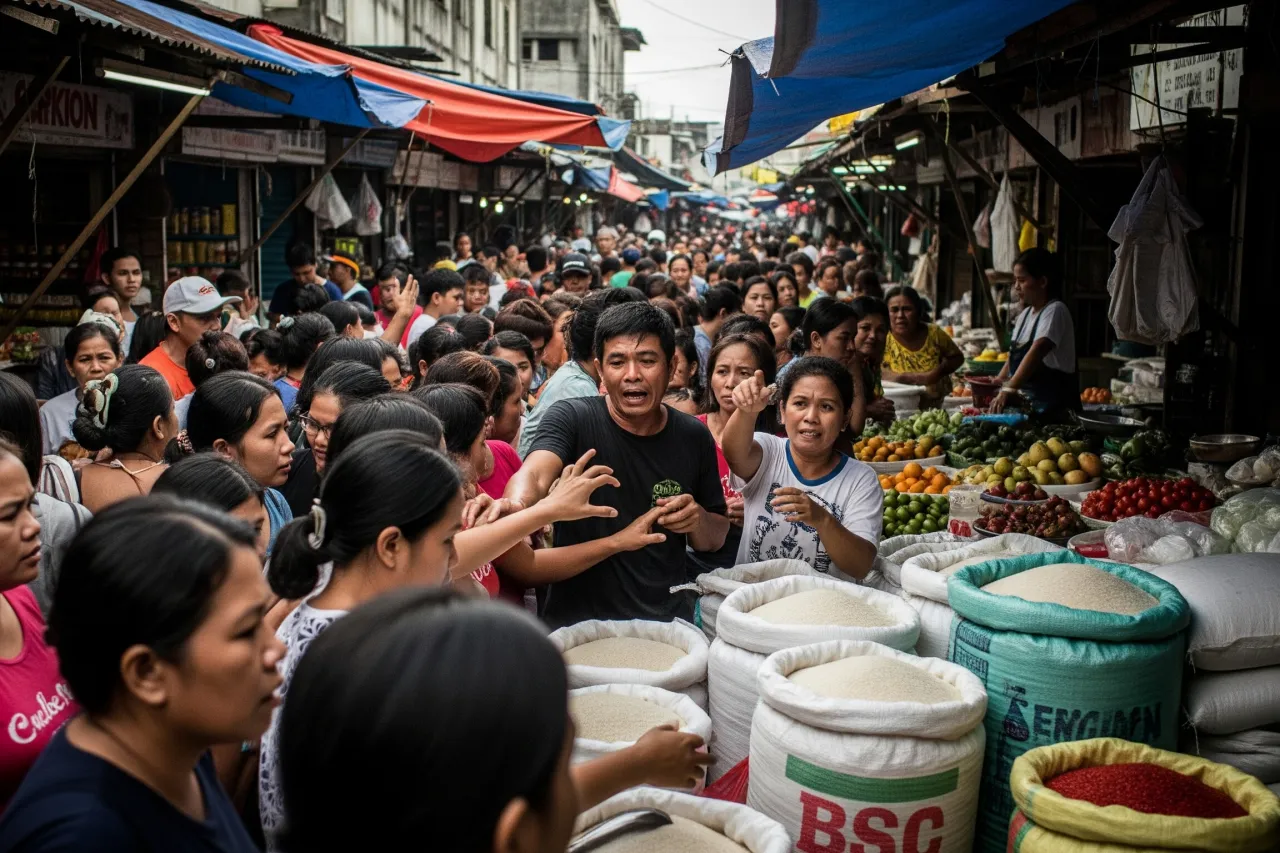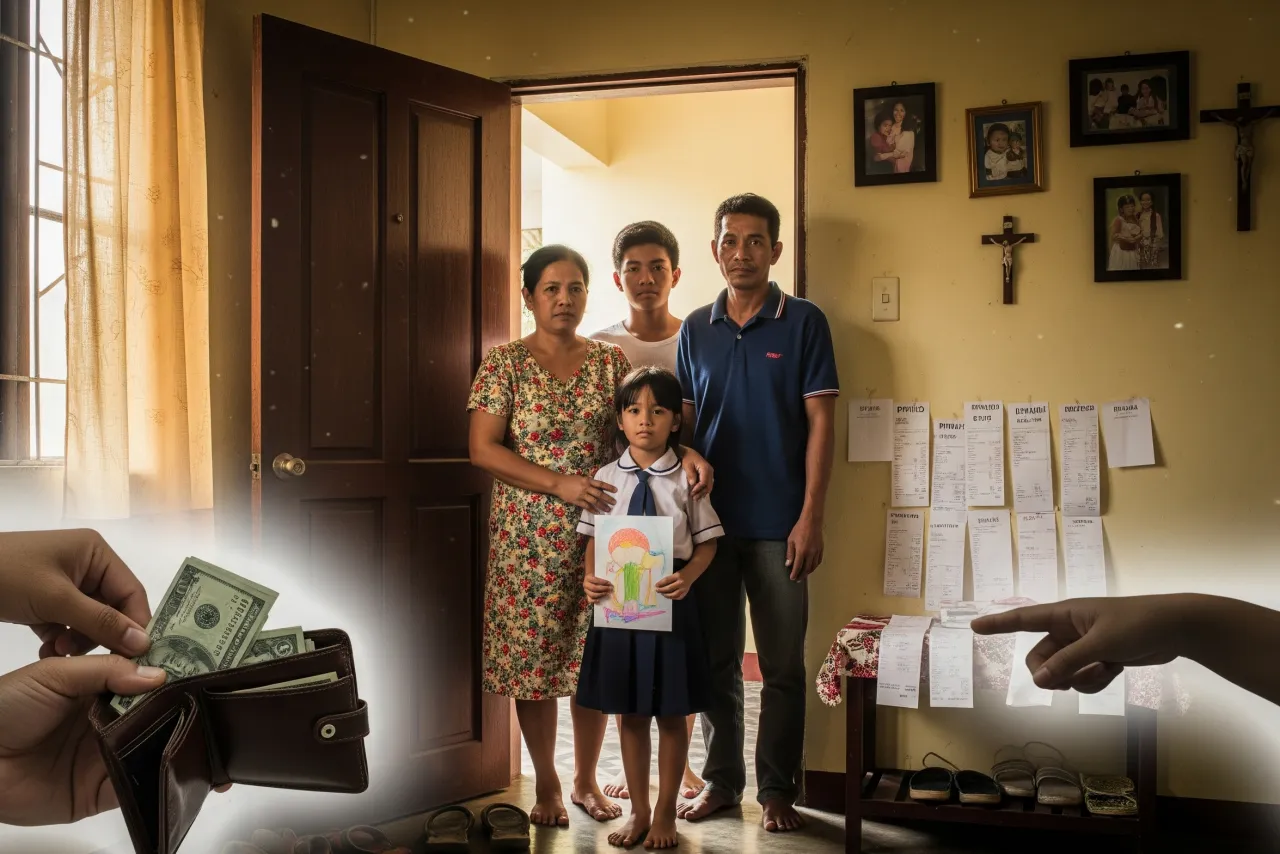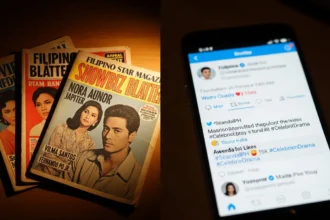🏛️ The Great Enigma: Unraveling the Marcos Wealth
For over half a century, one question has haunted the Philippines, a specter of unimaginable opulence and profound injustice: the mystery of the Marcos wealth. It’s a story that begins with a president’s modest official salary and explodes into a globe-spanning empire of hidden bank accounts, priceless art, sprawling real estate, and dazzling jewels. The scale is staggering, estimated by various sources to be in the billions of dollars, making it one of the largest kleptocratic thefts from a nation’s treasury in modern history.
- 🏛️ The Great Enigma: Unraveling the Marcos Wealth
- 💰 The Genesis of a Grand Heist
- 🕵️♂️ The Hunt Begins: The Role of the PCGG
- 📊 A Partial Victory: The Recovered Fortune
- 🖼️ The Missing Treasures: What’s Still Out There?
- 🔨 Above the Law? Why No One Went to Jail
- ⏳ Forgetting a Fortune: The Erosion of Memory
- 🖋️ A Nation’s Unsettled Debt
After the Marcos dynasty was overthrown by the People Power Revolution in 1986, the nation embarked on a quest for truth and restitution. A special government body was formed, and for decades, it has waged a legal war across multiple continents to reclaim what was lost. Billions have been recovered, a testament to the persistence of those who sought justice.
Yet, the story is far from over.
Billions more remain unaccounted for, hidden in a labyrinth of shell corporations and legal firewalls. And in the most bewildering twist of all, despite mountains of evidence and numerous court rulings against their assets, no member of the Marcos family has ever served jail time for its acquisition.
This feature explores that enduring enigma. We will delve into the history of the cases, the triumphs and frustrations of the hunt, the legal technicalities that have shielded the family from prison, and the shifting political winds that have allowed their return to the pinnacle of power. Finally, we will confront a deeply uncomfortable question: Why, after all this time, does it seem the nation has begun to forget? And what does this collective amnesia say about a country’s soul?
💰 The Genesis of a Grand Heist
To grasp the scale of the Marcos wealth, one must start with Ferdinand Marcos’s legitimate income. Throughout his 21-year rule (from 1965 to 1986), his official annual salary was, by today’s standards, modest. His total declared income for those two decades, including his salary and other legal earnings, was approximately $300,000.
This official figure stands in stark contrast to the family’s famously extravagant lifestyle. First Lady Imelda Marcos became an international symbol of excess, with her infamous collection of thousands of shoes, her lavish parties, and her multi-million-dollar shopping sprees in New York and Rome. The family and their associates lived like modern royalty, a lifestyle completely untethered from their declared means.
So, where did the money come from?
According to government investigations and court findings, the wealth was systematically siphoned from the nation’s coffers through a variety of mechanisms. This system, often termed “crony capitalism,” involved placing friends and relatives in charge of key industries and government monopolies. These cronies were then allegedly used to divert public funds, secure massive loans from government banks that were never repaid, and skim profits from major sectors like sugar and coconuts.
Essentially, the machinery of the state was re-engineered into a tool for personal enrichment. This wasn’t a simple case of corruption; it was the reported hijacking of an entire nation’s economy for the benefit of a single family and their inner circle.
🕵️♂️ The Hunt Begins: The Role of the PCGG
When the Marcoses fled Malacañang Palace in February 1986, they left behind a trail of documents that provided the first shocking glimpse into the scale of their hidden fortune. In the face of this evidence, one of the first acts of the new government under President Corazon Aquino was to create the Presidential Commission on Good Government (PCGG).
Its mandate was unprecedented and monumental: to recover the ill-gotten Marcos wealth and prosecute those involved.
The task facing the PCGG was daunting. The wealth was not sitting in a single, convenient bank account. It was scattered across the globe, hidden behind layers of shell corporations registered in tax havens like Panama and the British Virgin Islands, and held under pseudonyms in secretive Swiss banks. The Marcoses and their financial advisers were masters of obfuscation.
Armed with executive orders that gave it vast powers, the PCGG began its global treasure hunt. They filed lawsuits in the Philippines, Switzerland, and the United States. They worked with foreign governments and international investigators to trace, freeze, and litigate for the return of assets. It was the start of a long, arduous legal battle that continues to this day.
📊 A Partial Victory: The Recovered Fortune
Despite the immense challenges, the PCGG has had significant successes. Over nearly four decades, the commission has managed to recover a substantial portion of the ill-gotten wealth. As of recent reports, the total amount recovered is in the billions of dollars, a figure that continues to grow as legal cases reach their conclusions.
One of the most significant victories was the recovery of funds from Swiss bank accounts. After years of legal wrangling, the Swiss Federal Supreme Court ruled in the 1990s that the Marcos deposits were of a “criminal origin” and ordered their transfer to the Philippines. This landmark decision set a global precedent for asset recovery.
The recovered funds have not simply returned to the treasury to be lost again. By law, much of this money has been specifically allocated to crucial social programs. The most prominent beneficiary has been the Comprehensive Agrarian Reform Program (CARP), funding land distribution for farmers. Additionally, a significant portion was set aside to provide compensation to the thousands of victims of human rights abuses during the Martial Law era.
🖼️ The Missing Treasures: What’s Still Out There?
While the recovered sum is substantial, it is believed to be just a fraction of the total Marcos wealth. The PCGG continues its pursuit of billions more in assets that remain hidden, disputed, or tied up in complex legal battles. This ghost fleet of assets includes some of the most legendary pieces of the Marcos collection.
What is still missing? The list is long and varied.
- 🎨 The Art Collection: Imelda Marcos was a voracious art collector. The PCGG has a list of over 300 missing artworks, including masterpieces by artists like Monet, Picasso, Van Gogh, and Cézanne. Some have been occasionally spotted or seized, but many remain hidden, potentially serving as easily transportable forms of currency.
- 💎 The Jewelry Collections: Three major jewelry collections were seized from the Marcoses. While they are in government custody, their full appraisal and potential auction have been subjects of ongoing debate. Other pieces are believed to still be in their possession.
- 🏦 Remaining Bank Accounts: Despite the Swiss victory, numerous other bank accounts in various countries are still the subject of investigation and litigation. Tracing these is a constant cat-and-mouse game.
- 🗽 New York Properties: The family held significant real estate in Manhattan. While some have been part of legal settlements, the full extent of their overseas property empire remains unclear.
- 📄 Bearer Bonds & Certificates: These are financial instruments that are unregistered and payable to whoever holds them, making them extremely difficult to trace and an ideal tool for hiding wealth.
🔨 Above the Law? Why No One Went to Jail
This is the most confounding part of the Marcos wealth saga. Despite the PCGG’s successes in civil forfeiture cases—where the government only needs to prove that the assets are ill-gotten—securing criminal convictions has proven nearly impossible. To date, no member of the Marcos family has served a single day in jail for plunder or graft related to their unexplained fortune.
Imelda Marcos was convicted of graft in 2018 by a Philippine anti-corruption court, but she has remained free on bail while her case is on appeal, a process that can take many years. Other cases have been dismissed over the decades, often on technical grounds rather than on the merit of the evidence.
The reasons for this are multifaceted and complex.
Legal Roadblocks: The burden of proof in a criminal case is much higher than in a civil one. Prosecutors must prove guilt “beyond a reasonable doubt,” a high bar to meet when dealing with complex financial crimes that occurred decades ago, with witnesses who may be dead or uncooperative. The defense has often successfully argued that original documents were mere photocopies or that procedures were not followed to the letter, leading to dismissals on technicalities.
Shifting Political Winds: The political climate in the Philippines has changed dramatically since 1986. The Marcos family was allowed to return to the country in the early 1990s and began a slow but steady political rehabilitation. They successfully ran for local and national offices, rebuilding their power base. This political resurgence has, according to critics, created an environment where pursuing cases against them becomes increasingly difficult. The PCGG itself has faced budget cuts and political pressure over the years, hampering its effectiveness.
⏳ Forgetting a Fortune: The Erosion of Memory
The political comeback of the Marcos family culminated in the 2022 presidential election, a victory that would have been unthinkable three decades ago. This raises a crucial question: Why does a large portion of the Philippines seem to have moved on from the issue of the Marcos wealth?
The answer lies in a confluence of factors that have led to a gradual erosion of collective memory.
Decades of a slow-moving justice system have led to public fatigue. Cases that drag on for generations lose their sense of urgency and become background noise. For many Filipinos born after 1986, Martial Law and the stories of plunder are not lived experiences but distant historical events learned from textbooks, if at all.
This generational gap has been exploited by a sophisticated and sustained campaign of historical revisionism, particularly on social media. This campaign reframes the Marcos years not as a period of dictatorship and plunder, but as a “golden age” of peace, prosperity, and strong leadership. In this narrative, the stories of ill-gotten wealth are dismissed as politically motivated propaganda, a “black legend” created by their enemies.
The appeal of this simplified, nostalgic narrative can be powerful, especially for those struggling with the economic and political frustrations of the present day.
🖋️ A Nation’s Unsettled Debt
Ultimately, the unresolved saga of the Marcos wealth is about far more than just money. It is a story about justice, accountability, and the very integrity of a nation’s history. To move on without a full accounting is to leave a deep, festering wound in the national psyche.
Forgetting the origins of this fortune is not an act of healing; it is an act of erasure. It sends a dangerous message to future leaders: that one can potentially plunder a nation, evade justice through legal maneuvering and political reinvention, and eventually have their reputation laundered by time and propaganda. It suggests that accountability is optional and that history is merely a story to be rewritten by the victors.
The billions recovered are a victory for the Filipino people. But the billions still missing, and the justice still denied, represent a profound and unsettled national debt. Until that debt is fully addressed, the ghost of this grand heist will continue to loom over the Philippines, a silent testament to a fortune stolen and a memory betrayed.



